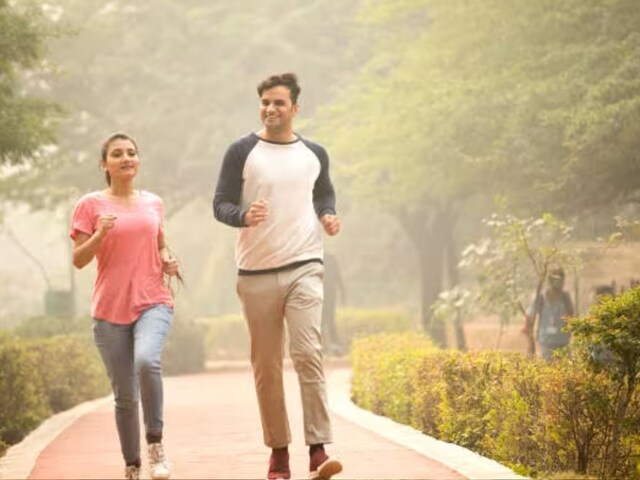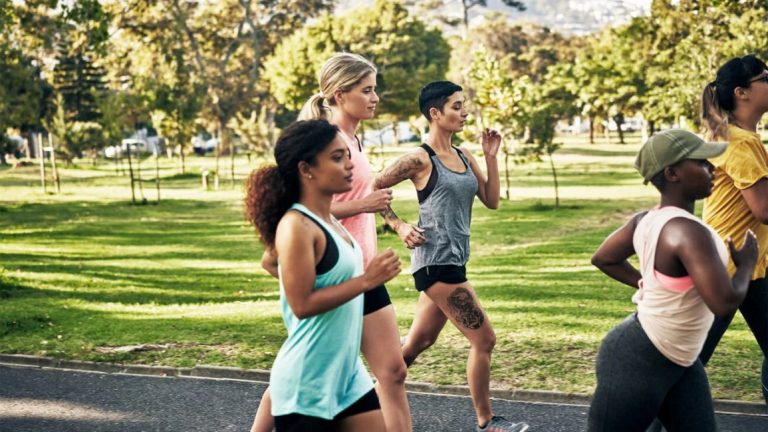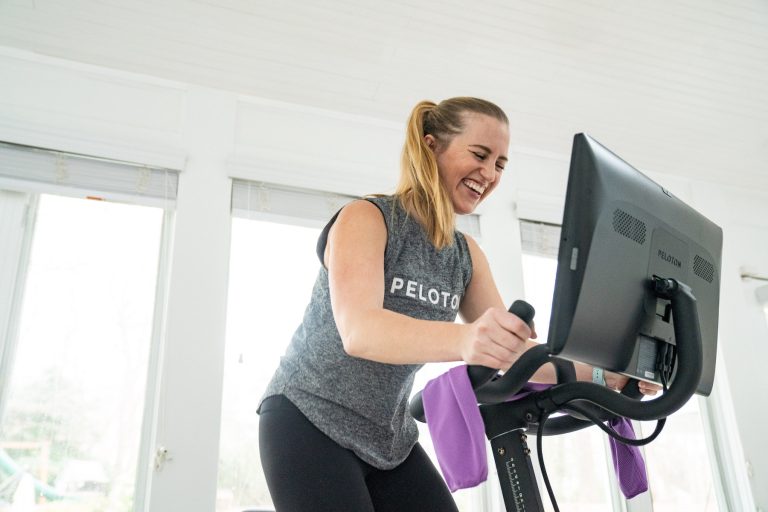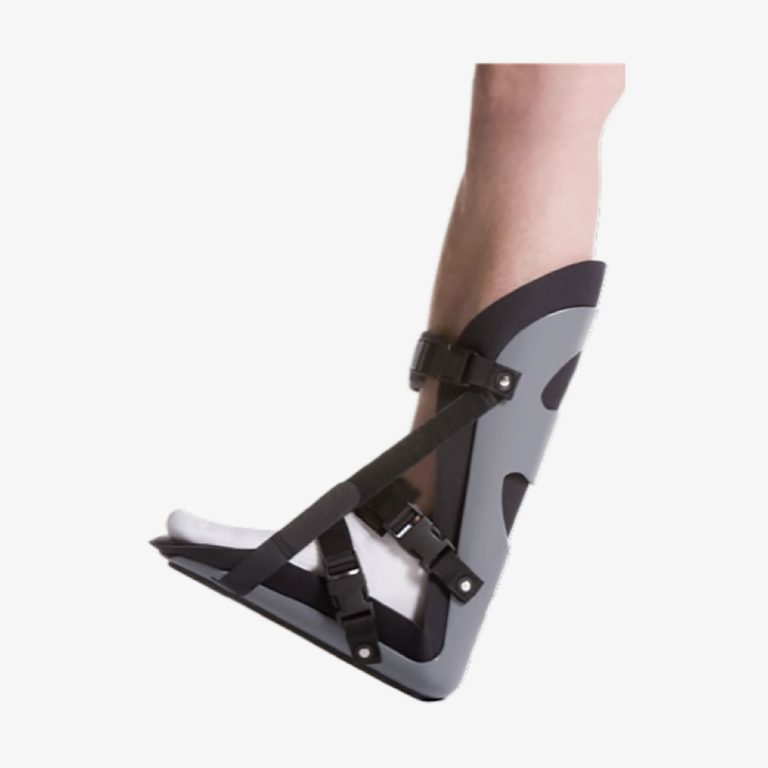How to Avoid Walking Blisters: Expert Tips and Tricks
To avoid walking blisters, wear properly fitting and moisture-wicking socks and comfortable, well-fitted shoes. Additionally, keep your feet dry and clean, and protect any hot spots with blister plasters or moleskin to prevent friction.
Walking blisters occur when repetitive rubbing causes the outer skin layer to separate from the inner layers, resulting in a painful fluid-filled sac. These blisters can make walking uncomfortable and painful, leading to potential infection if not properly cared for.
However, by taking simple preventive measures and maintaining proper foot care, you can decrease the likelihood of developing blisters while walking. This article will provide practical tips and strategies on preventing walking blisters and keeping your feet comfortable and healthy during outdoor activities. By integrating these recommendations into your daily routine, you can enjoy your walks and avoid the discomfort of blisters.
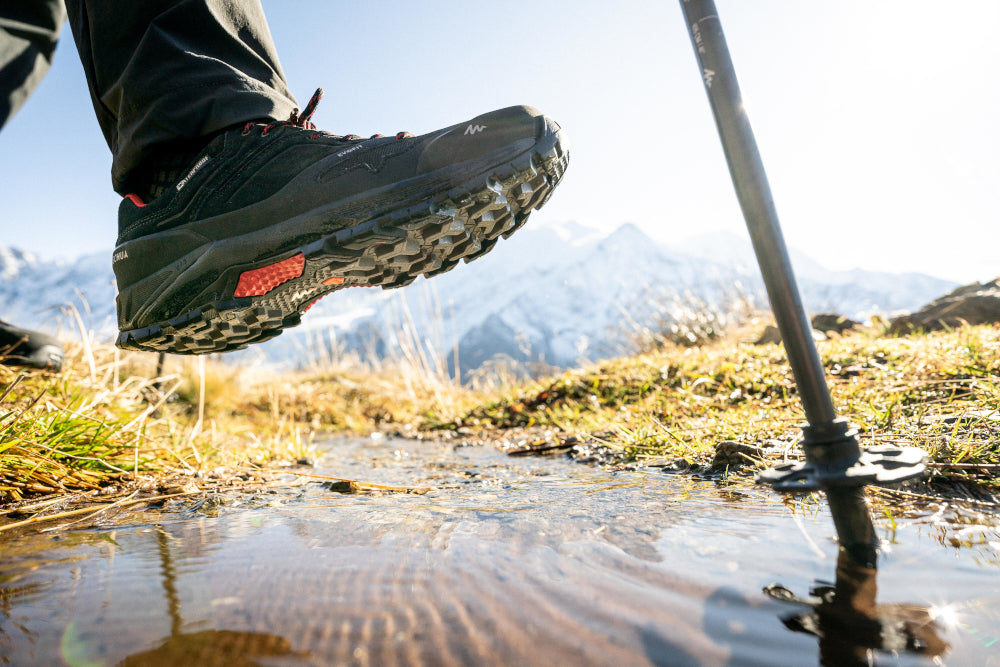
Credit: www.decathlon.com
1. Choose The Right Footwear
Choosing the right footwear is crucial for avoiding walking blisters. Opt for well-fitting shoes with cushioning and good arch support to reduce friction and pressure on your feet.
How to Avoid Walking Blisters
1. Choose the Right Footwear
Walking blisters can turn an enjoyable stroll into a painful experience. But fear not, by choosing the right footwear, you can safeguard your feet and prevent those pesky blisters from forming. Let’s dive into how to choose the perfect pair of shoes or sandals to keep your feet happy and blister-free.1.1. Focus on Fit
When it comes to preventing blisters, the right fit is paramount. Ill-fitting shoes can rub against your skin, leading to friction and blisters. To avoid this, follow these tips:- Make sure the shoes are neither too tight nor too loose. They should provide a snug yet comfortable fit.
- Pay attention to the width and length of the shoe. Your toes should have enough wiggle room, and your feet shouldn’t feel cramped.
- Try on shoes towards the end of the day when your feet tend to be slightly swollen, as this will give you a more accurate idea of the fit.
- Take a stroll around the store in the shoes to determine if they rub against any particular areas of your feet. If they do, try a different size or style.
1.2. Opt for Breathable Materials
When it comes to preventing blisters, opting for breathable materials is crucial. Sweat trapped in non-breathable shoes can create a moist environment, increasing your chances of blister formation. Here are a few materials to look out for:- Choose shoes made of breathable fabrics such as mesh or canvas, as these allow air to circulate and keep your feet dry.
- Consider natural materials like leather, as they are known for their breathability and ability to wick away moisture.
- Avoid plastic or synthetic materials that don’t allow your feet to breathe properly. They can trap heat and moisture, leading to discomfort and potential blister formation.
2. Prepare Your Feet
When it comes to preventing walking blisters, preparing your feet is essential. Proper foot care can help reduce the risk of developing painful blisters during a long walk or hike. Here are some simple but effective steps to prepare your feet and minimize the chances of blisters.
2.1. Keep Your Feet Clean And Dry
Keeping your feet clean and dry is crucial in preventing blisters. When dirt and moisture build up, it can lead to friction and irritation, increasing the likelihood of blisters. Make sure to wash your feet thoroughly with mild soap and water. Afterward, pat them dry completely to prevent any moisture from lingering.
2.2. Use Moisturizer
Moisturizing your feet can help keep the skin soft and supple, reducing the risk of friction-induced blisters. Opt for a moisturizer specifically designed for feet, and apply it daily. Focus on areas that are prone to dryness, such as the heels and the balls of your feet, to maintain skin flexibility and reduce the likelihood of blisters developing.
2.3. Trim Your Toenails
Properly trimmed toenails can help prevent blisters by minimizing the risk of ingrown nails and reducing friction within your shoes. Use a quality nail clipper to trim your toenails straight across, avoiding sharp corners or cutting them too short. This simple practice can go a long way in preventing discomfort and blisters during your walks or hikes.
3. Wear Proper Socks
Wear Proper Socks to Prevent Blisters:
Choosing the right socks plays a crucial role in avoiding blisters while walking long distances.
3.1. Choose Moisture-wicking Socks
- Opt for moisture-wicking socks to keep your feet dry and prevent friction.
- These socks help evaporate sweat quickly, reducing the risk of blisters.
- Look for synthetic fiber socks like polyester or nylon for effective moisture-wicking properties.
3.2. Double Up On Socks
- Consider layering your socks for added cushioning and reduced friction.
- Wear a thin moisture-wicking inner sock and a thicker outer sock for optimal protection.
- Properly fitting shoes with dual socks can help prevent rubbing and blister formation.
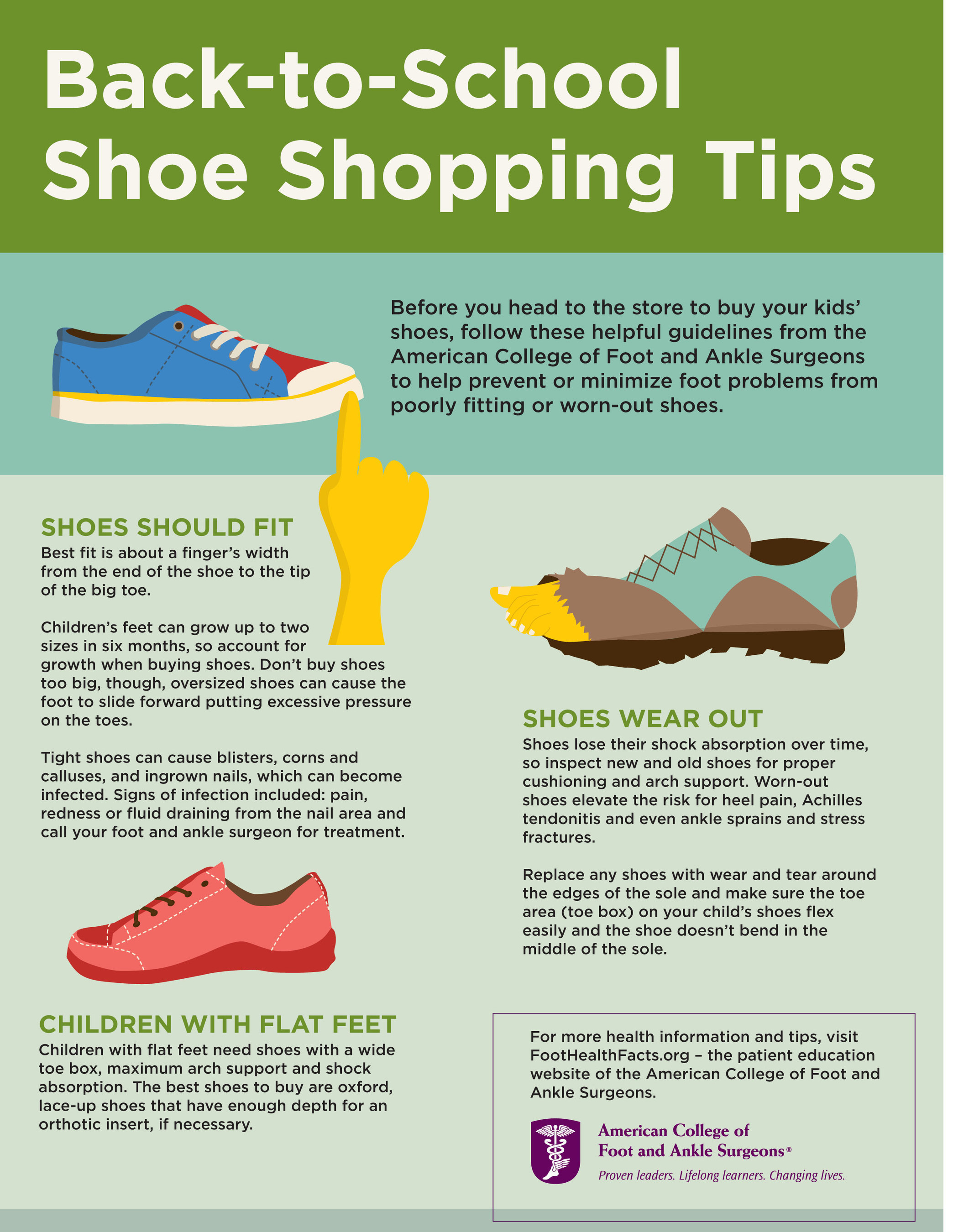
Credit: www.prnewswire.com
4. Take Breaks And Rest Your Feet
To prevent blisters and keep your feet in good condition, it is crucial to take breaks during long walks and give your feet some well-deserved rest. By practicing these tips, you can avoid pain and discomfort caused by blisters, allowing you to fully enjoy your walking adventures.
4.1. Avoid Prolonged Walking
Walking for long periods without taking breaks can increase the risk of developing blisters. To prevent this, it is essential to avoid prolonged walking and establish a regular schedule for taking breaks. The frequency of breaks will depend on various factors, such as your fitness level and the intensity of your walk. However, a general rule of thumb is to take a short break every 30 minutes to an hour.
4.2. Elevate Your Feet
When you do take breaks, it is beneficial to elevate your feet to alleviate any pressure and reduce swelling. Find a comfortable spot where you can prop up your feet, such as a bench or a raised surface. By raising your feet above the level of your heart, you promote better blood circulation, which can help prevent blisters and reduce fatigue.
4.3. Apply Ice
Applying ice to your feet during breaks can provide instant relief and reduce inflammation. Wrap some ice cubes in a towel or use an ice pack, then place it on the sore areas of your feet for about 10-15 minutes. This cold therapy can help numb any discomfort, constrict blood vessels to reduce swelling, and prevent blisters from becoming more painful.
Incorporating these practices into your walking routine will significantly reduce the risk of developing blisters and ensure that your feet remain comfortable throughout your journey. Remember to listen to your body and take breaks whenever necessary to keep walking blisters at bay.

Credit: sourceoutdoor.com
Frequently Asked Questions For How To Avoid Walking Blisters
Why Do I Get Blisters Every Time I Walk?
Blisters from walking can be caused by friction and ill-fitting shoes. Wear comfortable, well-fitting shoes and moisture-wicking socks to prevent blisters. Keep feet dry and use blister pads or tape to protect vulnerable areas. Gradually increase walking distance to allow skin to toughen.
How Do I Prevent Blisters On My Feet When Walking?
To prevent blisters when walking, wear well-fitting socks and shoes, keep feet dry, use moleskin padding, and gradually break in new shoes.
How Do You Prevent A Blister When You Feel It Coming?
To prevent a blister when feeling it coming, apply a cushioning bandage and keep the area clean and dry. Avoid friction and wear proper-fitting shoes or socks.
How Can I Walk Long Distances Without Blisters?
To avoid blisters when walking long distances: Wear proper-fitting, moisture-wicking socks and shoes. Use blister prevention products and keep your feet dry. Gradually increase your walking distance to build up endurance. Take regular breaks and rest your feet. Maintain good foot hygiene and trim your toenails.
Conclusion
To walk blister-free, follow these tips diligently. By choosing the right footwear and making sure they fit well, you can prevent blisters. Additionally, proper foot care and wearing moisture-wicking socks are crucial. Moreover, don’t forget to listen to your body and give your feet the rest they need.
With these simple but effective measures, you can bid farewell to walking blisters for good.


